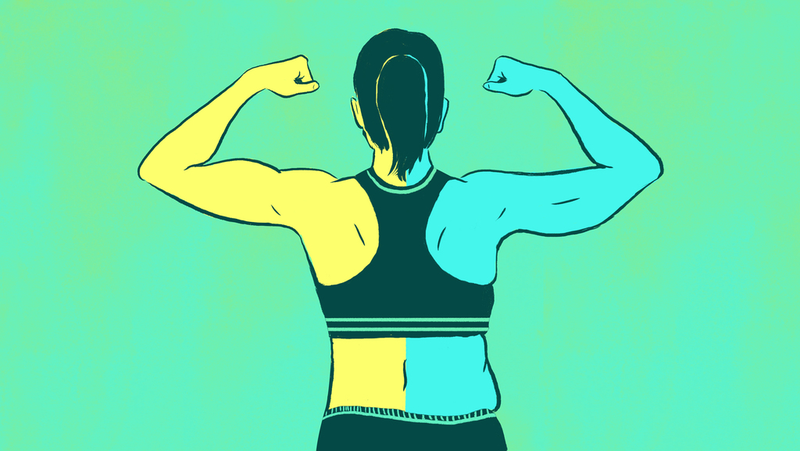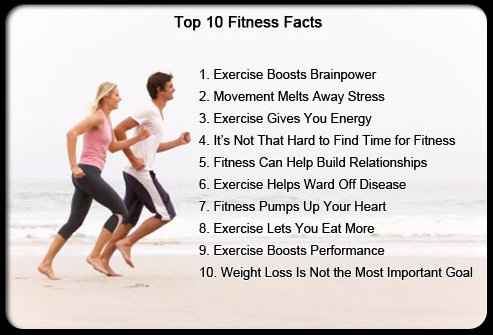Hello and Happy 2017~
It’s a new year when we tend to set New Resolutions to solve our Health Solutions. Did you know that our body is affected if we lay off from training? Think about it, whether you took a “sabbatical” from training or returning from an injury or just getting started to be a lean, mean, athletic machine for 2017-we must be proactive to receive the benefits.
Here are two images to help you think about why moving, training and choosing to be healthy is the best option for us.

The Brain after sitting quietly shows the EEG image of neuroelectrical brain activity after sitting for 20 minutes. The blue area suggest a dip in the neural resources devoted to focus. After a 20 minute walk, the red indicated heightened attention and faster information processing because the endorphins are triggered after activity.
There are many studies that indicate the power of being active. Many of us have heard the saying “a body in motion tends to stay in motion along with physics and momentum, which included physical activities.
Unfortunately, we all have situations where injuries, sickness or life just gets in the way of training, however, it doesn’t have to define your hard work. Time off is a good thing but “too much” time off affects our bodies and our brains.
|
Duration of time off from training
|
Results from the “training break”
|
|
1 week
2 weeks
|
Fewer brain cells growing in the area of the hippocampus of the brain. Blood flow to the brain decreases.
Increases blood pressure. V02 max affected by 10% (you get winded much easier).
|
|
4 – 5 weeks
|
Decrease in strength and loss of muscle mass. Stamina and coordination is affected. Rise in sugar levels. Your V02 max drops 15%-20%.
|
|
8 weeks
|
Increase of body fat and weight. Mood is affected.
|
As athletes (yes everyone is an athlete-except some of us are training and some of us are not) if you’ve been training consistently, then took time off or “slacked off” then you’ll experience negative health changes much quicker than someone who didn’t train at all.
Several studies conducted showed the various changes. In 2012, The Journal of Strength and Conditioning Research found that competitive swimmers who took a 5 week break from training experienced a 12% increase in body fat levels, gained weight and waist circumference expanded (study showed these swimmers did some light exercises but were not completely sedentary). In a 2016 study with Taekwondo athletes took 8-weeks from training and experienced increased body fat levels.
Laying off also affects our brain. Study from 2010, published by Proceedings of the National Academy of Sciences showed the release of endorphins when exercising (Runner’s High) versus non-training. According to the CDC “Regular physical activity can help keep your thinking, learning and judgment skills sharpen as you age. It can also reduce your risk of depression and may help you sleep better. Research has shown that doing aerobic or a mix of aerobic and muscle-strengthening activities 3 to 5 times a week for 30 to 60 minutes can five you these mental health benefits. Some scientific evidence has also shown that even lower levels of physical activity can be beneficial.” Studies also showed that older adults increased the size of the hippocampus, the area of the brain that helps with memory.
We look forward to helping you stay the course of health and nutrition.


